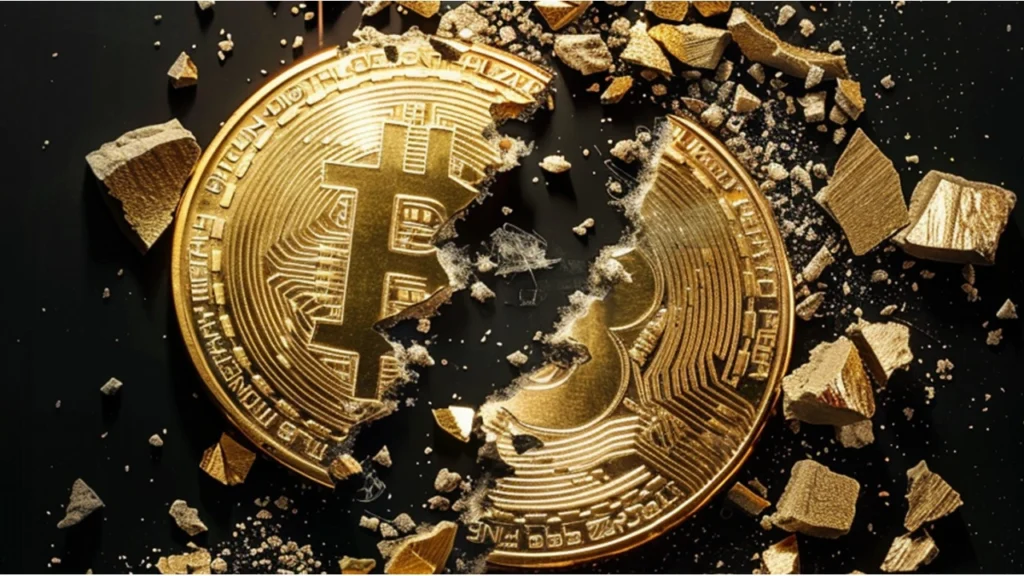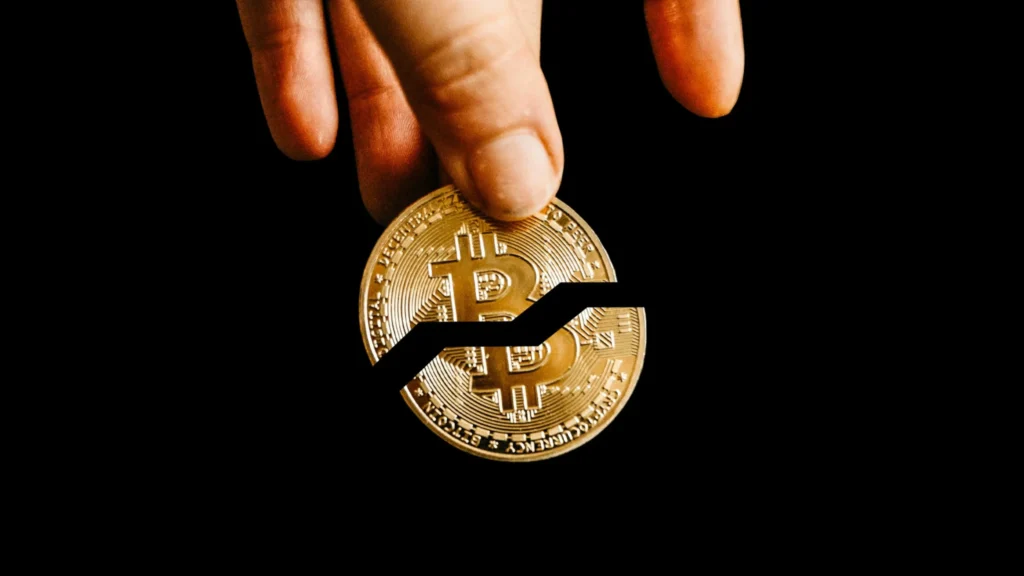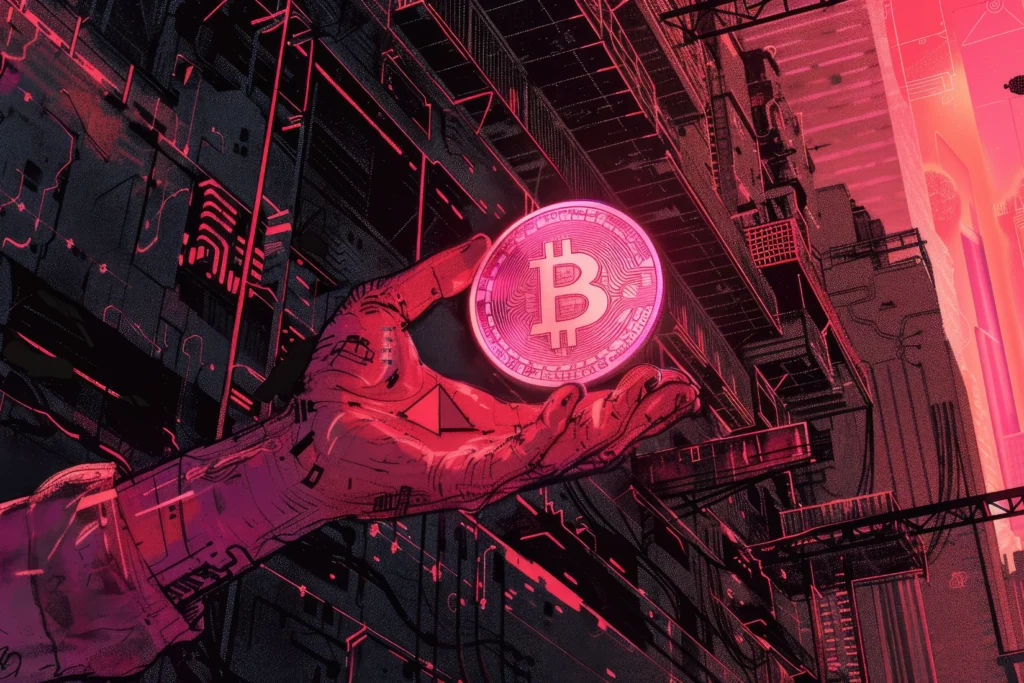Bitcoin Halving Meaning: The Real Pros and Cons You Should Know
June 11, 2025

So, what’s the real bitcoin halving meaning, and why does everyone keep bringing it up every few years?
If you’re new to crypto, you’ve probably heard this term tossed around like it’s the Holy Grail or some market doomsday clock. The truth? It’s a little of both—depending who you ask.
Bitcoin halving is a scheduled event that cuts the mining reward in half. That’s it, really. Every 210,000 blocks, roughly every four years, miners get 50% less Bitcoin for their work. It’s hard-coded into the Bitcoin protocol and meant to slow the creation of new coins. But does it help or hurt? Let’s break it down.
The Upside: Why Bitcoin Halving Gets People Excited


Supply gets tighter—which might mean higher prices.
Basic economics says when supply drops and demand stays the same (or goes up), prices tend to rise. That’s why many investors treat halving like a countdown to the next big bull run. And sure, after the last few halvings, Bitcoin did skyrocket. Coincidence? Maybe not.
It adds predictability to an unpredictable market.
Let’s be honest—crypto isn’t exactly known for being stable. But halving? It’s one of the few things in Bitcoin that’s 100% scheduled and knowable in advance. It offers a kind of rhythm that traders and long-term holders can plan around.
Halving slows inflation—unlike traditional currencies.
Unlike fiat money, where central banks can print more at will, Bitcoin’s supply is capped at 21 million. Halving helps stick to that plan, tightening the reins every few years to keep inflation in check.
The Downside: Why Bitcoin Halving Isn’t All Sunshine


Mining gets less profitable overnight.
Imagine you run a mining operation and suddenly your income gets slashed in half—literally. Unless Bitcoin’s price doubles to compensate, smaller or less efficient miners could be pushed out of the game entirely. That means network disruptions and fewer players in the space.
It doesn’t guarantee a price pump.
Yes, prices have gone up after past halvings… but not instantly, and not always the same way. Some say it’s already priced in by the time halving hits. Others argue that macro trends and global events play a way bigger role. TL;DR: don’t bet the farm.
It can lead to market confusion and hype-driven decisions.
Let’s face it—”halving hype” is real. You’ll see influencers and YouTubers shouting “To the moon!” months before and after the event. But sometimes that noise drowns out real strategy. A lot of people FOMO in, expecting miracles—and end up holding the bag.
Bitcoin Halving Meaning for Different Players


For investors, it’s a mixed bag.
If you’re in it for the long haul, halving is part of Bitcoin’s unique economic model and can be a bullish signal. But if you’re chasing short-term gains, don’t count on halving to do the heavy lifting for you.
For miners, it’s survival of the fittest.
Only those with low-cost operations or access to cheap energy usually make it through. Every halving forces some miners out and reshuffles the gameboard.
For Bitcoin itself, it’s all about staying scarce.
Halving is what makes Bitcoin fundamentally different from traditional money. It keeps issuance in check, reinforces scarcity, and makes sure we don’t hit 21 million coins too fast.
Final Thoughts
So—bitcoin halving meaning, in plain English? It’s a feature, not a miracle.
It tightens supply, changes miner dynamics, and might influence price—but it’s not some magical lever that guarantees profits. Depending on your angle, it’s either a brilliant design choice or a brutal challenge. Probably both.
Understanding halving doesn’t mean you have to become a Bitcoin maximalist—but it does help you see what makes this system tick. And let’s be honest: in crypto, any edge in knowledge is worth having.
Relevant news: What Does Bitcoin Halving Mean? It’s Simpler Than You Think

